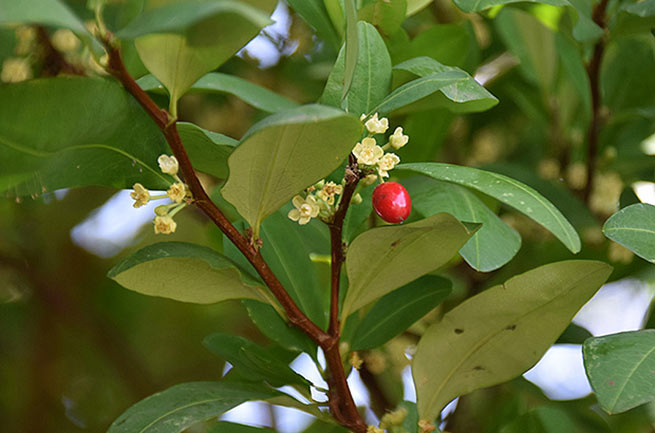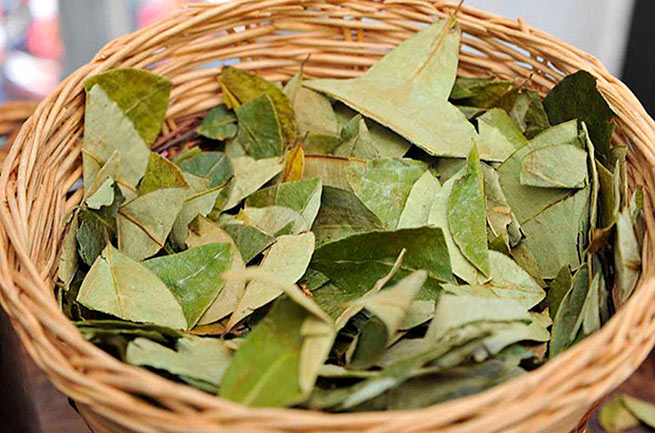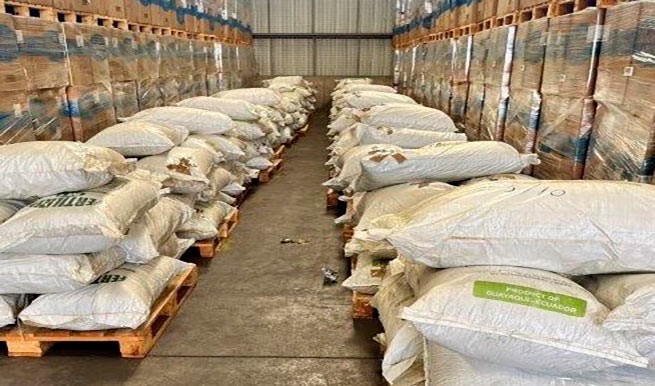Customs inspectors from the Greek Directorate for Communications Security and Privacy (AADE) discovered and seized a large shipment of coca leaves at the port of Piraeus.
The cargo container, which arrived from Ecuador and was destined for Croatia, was declared as fertilizer, which raised suspicions.
X-ray inspection revealed bags with cargo of different densities, which served as a reason for further checks.
Samples sent for analysis confirmed the presence of cocaine.
Authorities confiscated 500 bags weighing 10 tons and 500 kilograms containing fertilizer mixed with coca leaves. Another 400 bags of fertilizer, weighing a total of 14 tons, were used for concealment.
The purpose of the investigation is to identify individuals involved in large-scale drug trafficking in Greece and the European Union.
Coca leaves are made into tea, cocaine, used for medicinal and cosmetic purposes, or chewed fresh.

Coca, a bush similar to a blackthorn, has been cultivated in the Andean mountain range for more than 5 thousand years, and according to the latest data, people who settled in these regions with a harsh climate began chewing wild coca leaves more than 8 thousand years ago. Local residents use it both in traditional medicine and in religious ceremonies. Consuming coca usually involves chewing the leaves to release the juice, swallowing them, or making tea from them. Coca, containing many plant proteins, vitamins and other nutrients, in addition to the alkaloid itself, which affects the mental state, quickly relieves fatigue and symptoms of the so-called “mountain sickness” caused by oxygen deficiency and severe pressure changes, and also suppresses hunger, thirst, and drowsiness and pain. Among the Andean peoples during the period of Spanish colonial rule, even distances and time were often measured in units of “cocada,” that is, portions of coca that had to be chewed whole while moving from one place to another. Andean Indians, primarily in Bolivia and southern Peru, almost always carry with them a pouch containing a dose of coca for one or two days (about 60 grams per day).

At the same time, the coca leaves themselves contain only about 0.5–0.7 percent of the total mass of the alkaloid cocaine, and the sensations from one portion of chewed leaves are comparable to drinking two or three cups of strong coffee. Scientists learned to produce cocaine, a powerful stimulant drug known today, from coca leaves only in the second half of the 19th century. Once upon a time, it was even part of the original recipe for the Coca-Cola drink (which is how it got its name). However, today and cocaine and coca leaves included in the so-called “First List” of the UN Single Convention on Narcotic Drugs of 1961, which implies the strictest international control, and their production is considered illegal.







More Stories
In Volos "rebellious" fire extinguisher throws man into sea (video)
Burglary at a gold buying company in Piraeus
Zografou: two Albanians arrested for drug trafficking – 87 kg of cannabis found